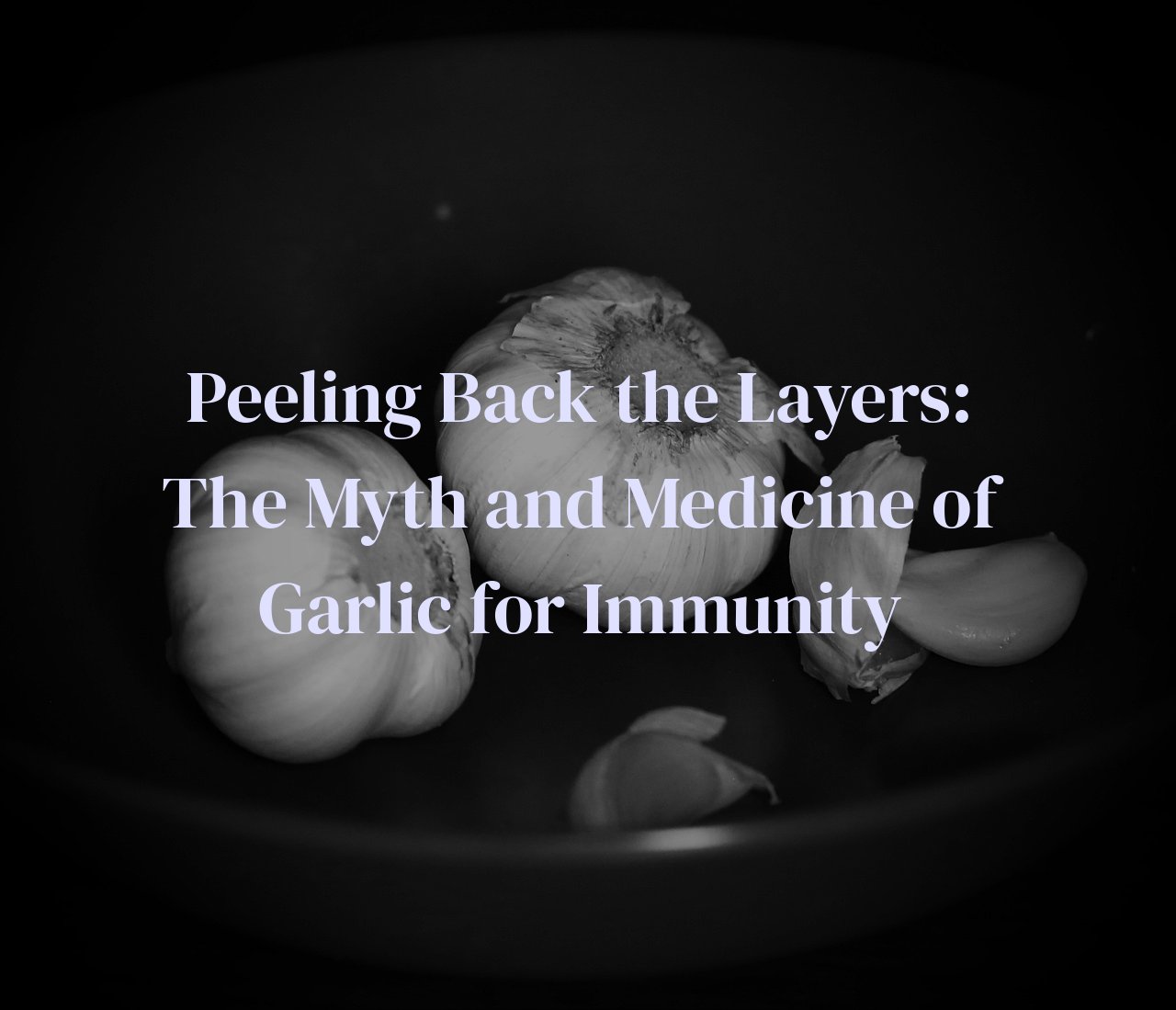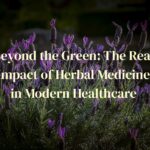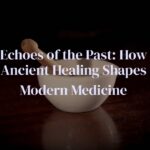
Embarking on an exploration of the ancient and modern realms, this blog post delves into the intertwined narratives of garlic’s legendary prowess and its substantiated role in immune enhancement. As we navigate through tales woven from bygone eras to the scientific studies of today, we will decipher how this pungent bulb has maintained its status as a cornerstone in the foundation of natural health remedies.
For readers seeking a fusion of cultural wisdom with evidence-based benefits, this post promises to demystify garlic’s reputed role in fortifying the body’s defenses. You will not only grasp the depth of garlic’s storied past but also glean practical insights into how its components can be harnessed to support your immune system, especially in a world where nurturing one’s health is paramount.
Table of Contents
Unearthing Garlic’s Folkloric Roots in Immune Defense
Delving into the history of garlic as an agent of wellness reveals a tapestry woven with threads of ancient wisdom and communal experience. My fascination with garlic’s traditional use in immune defense began with stories my grandmother told me. Her kitchen was never without a braid of garlic, hanging like a talisman against ailments. But this isn’t just a family anecdote, it’s a reflection of a far-reaching belief in garlic’s medicinal properties that spans continents and eras.
The robust, pungent cloves of garlic have made their mark in age-old medicinal practices, including those detailed in Egyptian papyri and Chinese manuscripts. The allure of garlic extended to the battlegrounds, where it was reputed to provide strength and prevent infections in Roman soldiers. In medieval Europe, it was thought to ward off the bubonic plague. Even the father of Western medicine, Hippocrates, is said to have prescribed garlic for a variety of conditions, validating its role in immune defense.
Modern fascination with garlic’s role in immunity often overlooks the deep, mystical origins that make it such a compelling subject. Rituals involving garlic to ward off evil spirits, which were once considered merely superstitious, echo an intuitive grasp of its protective properties. Over millenniums, societies celebrated its supposed powers in festivals and folklore, creating an enduring legacy of natural, holistic health practices centering around this potent bulb.
As I venture further into the allure of garlic’s folklore, I am constantly reminded of the rich, albeit less empirical, understanding of our ancestors. They recognized the significance of what nature provided, often attributing garlic’s efficacy in immune support to its fiery taste and robust aroma – qualities they believed were indicative of its potent life force. Today, we stand on the precipice of understanding, ready to peel back the layers of myth to reveal the medicine beneath, firmly rooted in a history that believed fervently in the protective power of garlic.
Allicin: The Science Behind Garlic’s Protective Power
The medicinal virtues of garlic are not merely superstition rooted in the annals of folklore, but rather, are anchored in its biochemistry, particularly a compound known as allicin. Through my personal journey in understanding health, I’ve been both the skeptic and the advocate, investigating the science behind dietary supplements. The pivotal moment came when I delved into the robust body of research surrounding allicin’s influence on the immune system.
Allicin (diallyl thiosulfinate), is a biologically active compound that is formed when garlic is finely chopped or crushed, which triggers the enzyme alliinase to convert the stable precursor alliin into potent allicin. This transformation is an exquisite example of nature’s ingenuity, historically appreciated through traditional remedies, yet only fully understood in the light of modern science.
It is allicin that is heralded for its antimicrobial properties, and numerous studies correlate its presence with combatting common colds, reducing inflammation, and enhancing the body’s defense against pathogens. The sulfurous constituents of allicin are believed to interfere with the metabolic functions of bacteria and viruses, effectively reducing their ability to replicate or cause harm.
Further, research has hinted at allicin’s potential to modulate the immune system — it is thought to stimulate certain cells like macrophages and lymphocytes, pivotal soldiers in our internal army, to better challenge infections. The exact mechanisms remain a fascinating puzzle, one that I find myself ruminating over with every pungent clove I add to my cooking.
My relationship with garlic transformed as I embraced its science-backed benefits with a dash of personal experience — as both a pre-emptive staple in my kitchen and a to-go remedy at the slightest hint of a sniffle. Allicin doesn’t just represent a molecule; it represents a merger of traditional wisdom with contemporary health practices, a natural yet scientifically-endorsed bastion supporting my well-being.
Cultural Traditions Versus Modern Understanding of Garlic
The lore of garlic weaves through the tapestry of time, replete with tales of protection against spirits and disease. From ancient Egypt to the bubonic plague in medieval Europe, it’s been a salient symbol in the collective consciousness. My grandmother, softly humming in her aromatic kitchen, was a testament to this belief. Eyes bright with the wisdom of her years, she’d often tell me stories of how garlic’s potent aroma could ward off more than just vampires, insisting that what lies in folklore often has roots in truth.
Yet, as I’ve delved into the scientific realm, this vibrant narrative finds itself both challenged and supported. Modern research does lend credibility to some of the legendary status garlic has held. It’s not a mystical shield against the supernatural, but there’s something compelling in the bioactive compound allicin and its interaction with our bodily systems. This scientific endorsement paves the way for garlic’s transition from an ancient talisman to an esteemed player in the contemporary immune-supportive diet.
But the traditional use of garlic differs from place to place: In rural Italy, a clove of garlic hung in the home was thought to offer protection from illness, a practice quaintly viewed from our current evidence-based perspective. Yet, as I’ve interwoven these age-old customs with my medical background, I’ve come to appreciate the rich layering of knowledge that bridges generations and geographies, forming a nuanced tapestry of understanding. Each garlic clove, pungent and wrapped in its papery husk, is a symbol of the intersection where folklore meets the scrutinizing eye of science.
In places like India, the story unfolds further, with garlic featuring prominently in Ayurveda for its purported medicinal qualities. Marrying these practices with the lens of modern medicine requires an open mind and a respect for the past. Where once we might have dismissed the ancients’ reliance on herbs and spices, we now return with a curious spirit, eager to understand how these natural remedies can still serve us.
Cultural traditions of consuming garlic raw, lightly cooked, or even aged in various formulations have stood the test of time, and now these methods are being examined for their phytochemical potential. As we stand at this crossroad of past and present, the lore of the old wives may surprisingly align with the tablets of contemporary medicine, for within every clove of garlic lies both a myth to unravel and a compound waiting for its secrets to be deciphered.
Garlic in the Modern Medicine Cabinet: Real-world Applications
While I’ve always been enchanted by the aromatic allure of garlic in my kitchen, it’s fascinating how this pungent bulb has also found a revered spot in my medicine cabinet. In today’s health-conscious era, we’re seeing a resurgence of natural remedies, and garlic is a star player. I’ve experienced firsthand the comforting tranquility of sipping on garlic-infused tea when a cold looms, taking my grandmother’s wisdom into the 21st century.
But beyond the cozy cups and soothing broths, garlic supplements have become a staple for many seeking to bolster their immune systems. These convenient little capsules are packed with concentrated doses of allicin, the compound responsible for garlic’s immune-boosting properties, making them a practical choice for the modern busy bee. I’ve integrated them into my daily routine, especially during flu season, to keep my defenses up.
Moreover, the use of aged garlic extract is a testament to the evolution of garlic’s application for health. Some studies suggest that aging the garlic enhances its antioxidant properties, possibly offering a stronger shield against oxidative stress. I’ve added a bottle of this potent elixir to my arsenal, advising friends and family on its potential benefits, backed by scientific curiosity.
Topical garlic applications, though less common, present another fascinating use. They’ve been explored for their antimicrobial properties and wound-healing potential. I remember dabbing a garlic infusion on a pesky wound and marveling at the simplicity yet effectiveness of this age-old remedy.
As a firm believer in food as medicine, I also advocate cooking with whole cloves of garlic. Though not as potent as its extracted counterparts, it still contributes to the overall symphony of immune support. I cherish the ritual of crushing the cloves, releasing the aromatic compounds, and imagining the invisible health boost in every savory meal.
Integrating garlic into our daily lives for enhanced immunity isn’t just about embracing tradition; it’s about recognizing and utilizing the fusion of folklore and science. Each clove in the pantry and every capsule in the medicine cabinet carries with it the essence of history and the promise of well-being—a legacy of health that I’m honored to carry forward.
Integrating Garlic into Your Life: Tips for Enhanced Immunity
As someone who’s navigated through the bustling lanes of garlic markets, the distinct, pungent aroma has often reminded me of its storied past and potent health benefits. Integrating garlic into your daily routine can be both enjoyable and beneficial for immunity. Here are some creative tips that I’ve incorporated into my own life:
Firstly, start by including a clove of garlic in your morning ritual. I love to finely chop or crush a fresh clove and let it sit for a few minutes to activate its allicin content before swallowing it with water. This has become my dawn dose of wellness, and although it’s a bit of an acquired taste, the health payoffs are well worth this morning tradition.
Another way to embrace garlic’s benefits is to create a homemade immunity-boosting garlic honey. I combine minced garlic with raw honey and let the mixture ferment for a few days. A spoonful of this potent blend not only sweetens my tea but also infuses my body with garlic’s antimicrobial properties.
Garlic-infused oils can also be a kitchen staple. By slowly simmering garlic cloves in olive oil, I produce a flavorful and immune-supporting condiment that takes my cooking to the next level – perfect for drizzling over salads or enhancing pasta dishes.
Don’t overlook the simplicity of garlic as a seasoning. I regularly incorporate it into marinades, dressings, and soups. These culinary practices help make sure I’m consistently reaping the immune-supporting benefits throughout the day, every day. Plus, it’s a delicious way to fight off pathogens!
Lastly, for those less enthusiastic about garlic’s robust flavor, supplements are a handy alternative. Choosing a high-quality aged garlic extract can ensure you receive its immune-strengthening benefits in a more palatable form. As someone who values the synergistic effect of natural foods, I prefer whole garlic, but during particularly busy periods or travel, an aged extract is my go-to for maintenance.
By incorporating these practices into my lifestyle, not only have I noticed fewer colds and instances of flu, but I’ve also embraced garlic’s role in my cultural cooking customs, and its deep-rooted ties to health and wellbeing.
Conclusion
In this journey of aromatic discovery, we’ve peeled back the mythical layers surrounding garlic and uncovered its legitimate scientific backing. Embracing both its storied folklore and validated roles in immune support, garlic emerges as more than just a kitchen staple, but as an ally in our ongoing quest for healthful living. Thus, informed by lore and science alike, we close this chapter, perhaps now reaching for a clove with renewed appreciation and understanding of its potential impact on our well-being.



